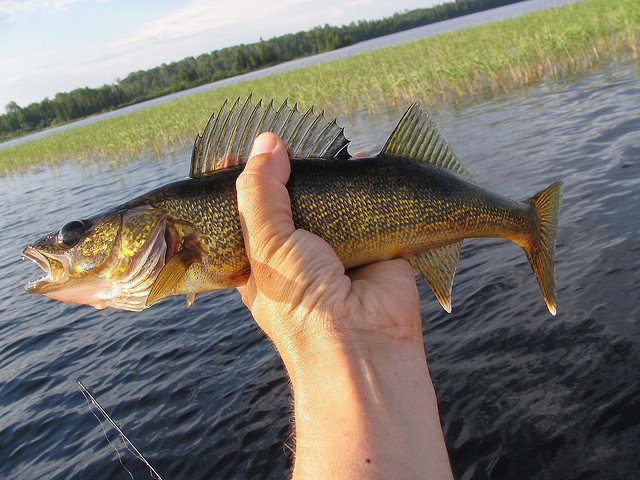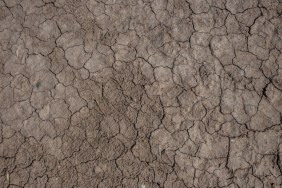
One of the most common pieces of advice anglers hear each summer is to “fish the weedline,” but for many people that advice offers only a confusing puzzle. The plain truth is many novice anglers carry only a limited knowledge of the weedline, which is why finding and understanding it can mean the difference between catching your limit and coming up empty.
The weedline, as the name suggests, is the outer or inner edge of a weedbed. The outer edge, which is typically the most important to anglers, is the maximum depth weeds will grow in a particular body of water. The depth at which sunlight no longer reaches the bottom is the main factor in where the weedbed ends. In clear water the weedline could be as much as 20 feet deep, while highly colored water could limit the weedline to well under 10 feet.
The weedline’s depth varies from one body of water to the next, but its role as fish habitat remains the same. Game fish are attracted to weedbeds, because they harbor prey like baitfish, leeches and crayfish, which use the weeds as cover. The weedline is the point where game fish have easy access to that prey. Game fish such as northern pike, walleyes and largemouth bass sit just inside the weedline waiting to ambush unsuspecting prey that ventures outside the safety of the weedbed.
So now you understand why fish are attracted to the weedline, but the matter of finding it and fishing it correctly remains.
The best way to find the weedline is to locate a weedbed, preferably of cabbage weed, and begin moving out to deeper water until you find the edge. In clear water you may see the weedline, but in colored water a depthfinder is required to find the edge. Once you locate the weedline, move along it, using the depthfinder to mark any significant points or indentations. Typically fish are found all along the weedline, but they tend to congregate at points or pockets in the weedbed. Use markers to identify these significant locations in the weedline.
Once the weedline is surveyed and marked, it is time to fish. Some anglers make the mistake of parking directly over the weedline and fishing just below the boat. In 10-15 feet of water or less, this technique significantly increases the risk of spooking fish.
A better approach is to move out away from the weedline and cast toward it. You can also move along the weedline, while casting out in front of the boat. Another technique, which is especially effective with northern pike, is to troll along the weedline. Regardless of the technique, begin looking for fish a foot or two off the bottom and work your way up until you find fish.
In most cases the best bait for weedline fishing is a live bait rig, but don’t rule out artificial lures. Plastic worms work especially well for largemouth bass, while any flashy lure can trigger a bite from a northern pike.
Understanding the weedline and how to fish it is not difficult; it just takes a little planning and preparation to fish it correctly. After you gain some experience, you can nod like a pro when someone tells you to fish the weedline.
Photo credit: Flickr Creative Commons by Sean Maurik








